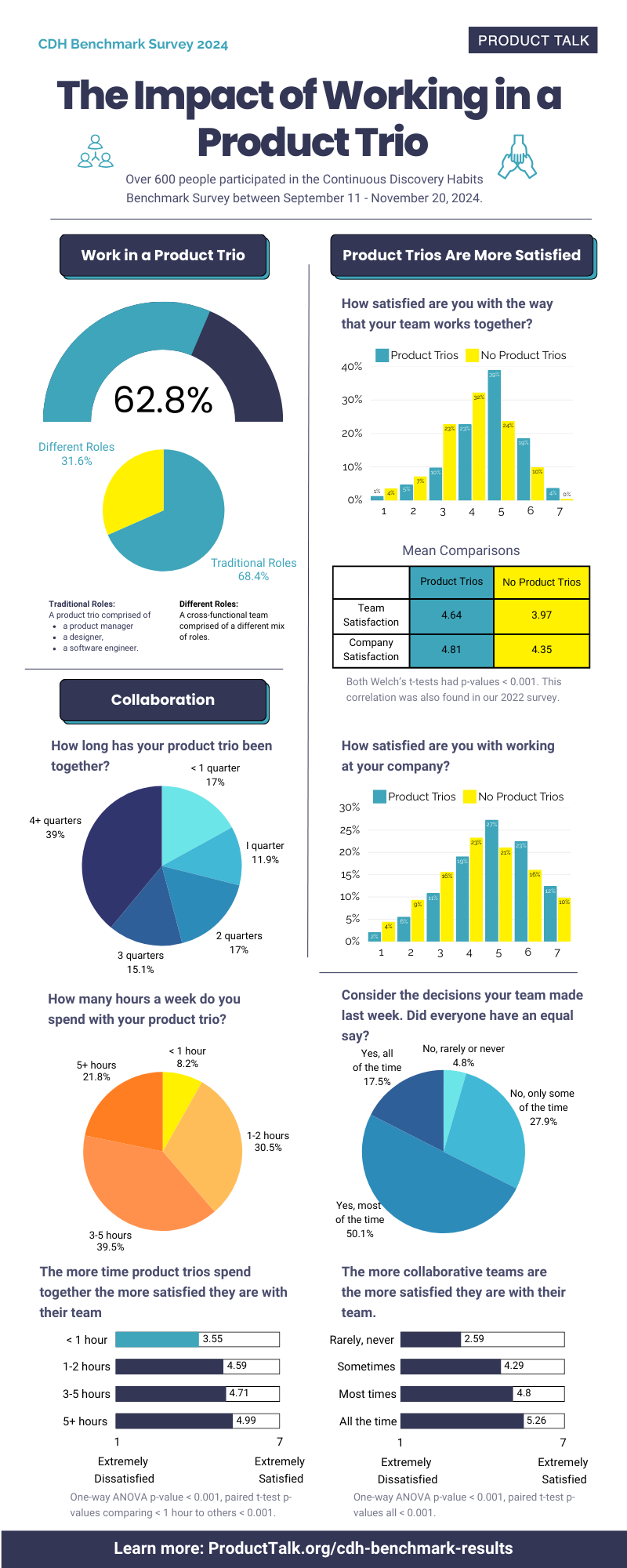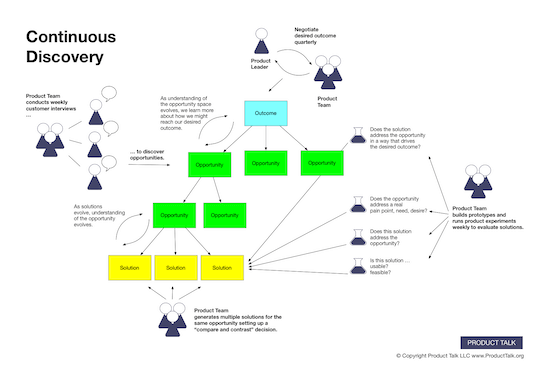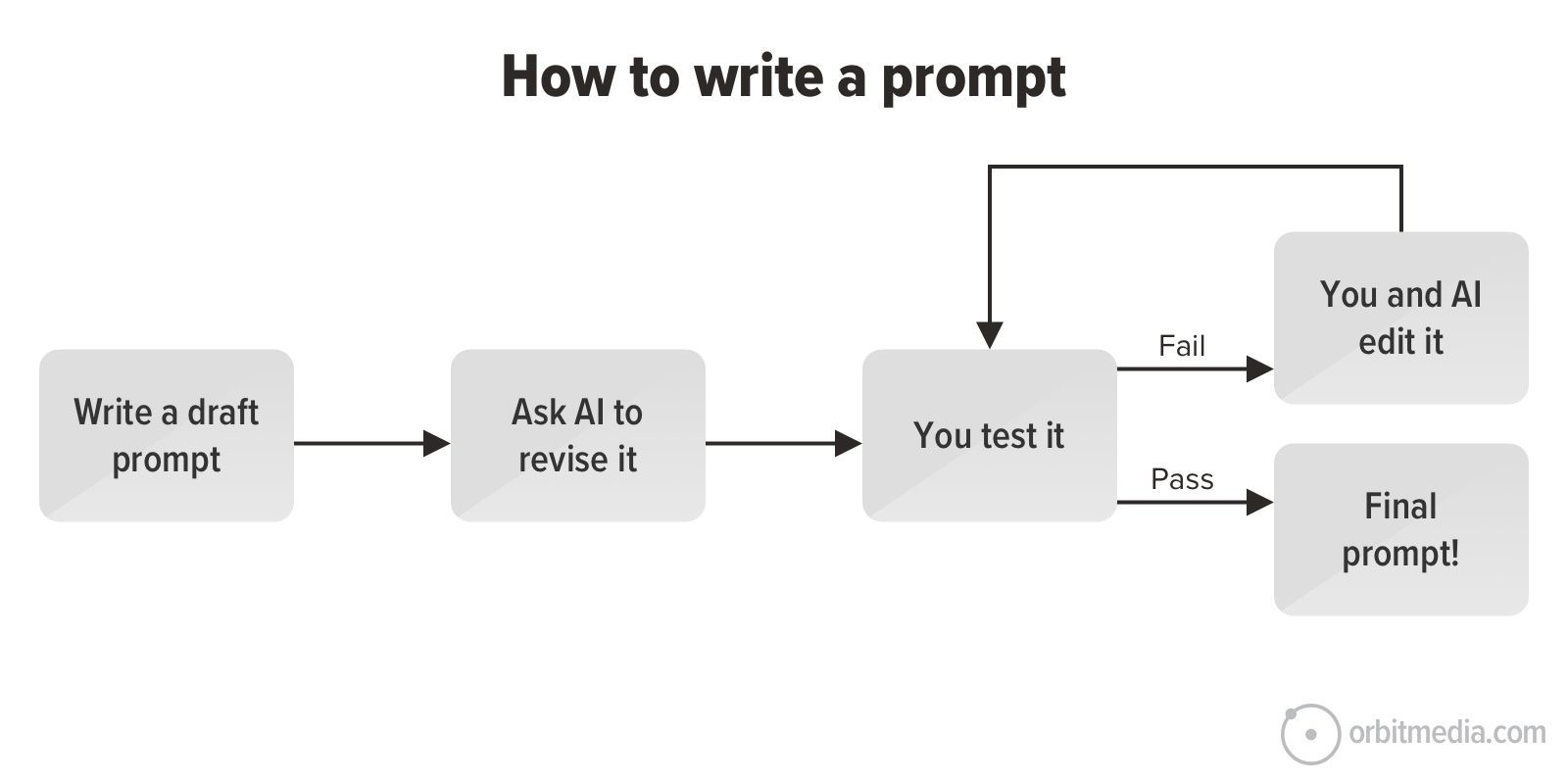Why UI Consistency Matters Across Different Devices
UI consistency means that the buttons, colors, fonts, and layouts feel familiar and easy to use no matter what device you have.

Lets Understand Why UI Consistency Matters
When we use different devices like smartphones, tablets, laptops, or even smart TVs, the way an app or website looks and works can change a lot. Some people might think it’s okay if things look different on each device because they are not the same size or shape. But actually, keeping things consistent in how a user interface (UI) looks and behaves across different devices is very important. UI consistency means that the buttons, colors, fonts, and layouts feel familiar and easy to use no matter what device you have. This helps users enjoy their experience and not get confused or frustrated.
Makes Things Easier for Users
One of the biggest reasons UI consistency is important is that it makes things easier for users. Imagine you use an app on your phone, and then you open the same app on your tablet. If the buttons are in different places or look different, you might have to spend time figuring out how to use it again. This wastes time and can make the app seem harder than it actually is. When the UI is consistent, your brain remembers where things are and what they do. This means you can use the app quickly and without extra effort.
Builds Trust with Users
Another important reason is trust. When an app or website looks and works the same way across devices, people feel more confident using it. If the design changes too much or seems strange, users might think the app is not reliable or safe. Trust is something companies want to build with their users because it makes people come back and use the app more. For example, a Mobile App Development company in USA knows that consistency helps keep users happy and trusting their product.
Strengthens Brand Identity
It’s also important to think about the brand. Every company wants people to recognize them easily. When the UI is consistent, the colors, logo, and style remind users of the brand no matter where they see it. This helps companies create a strong image and keeps their customers connected. If an app looks very different on a laptop compared to a phone, the brand message can become weak or confusing.
Adapting to Different Devices While Staying Consistent
Different Devices, Different Ways to Use Them
Sometimes, different devices have different screen sizes and ways to interact. For example, you use your finger to tap on a phone but a mouse on a laptop. Even with these differences, UI consistency means making sure the main ideas stay the same. Buttons should still look like buttons, menus should be easy to find, and text should be readable. Designers try hard to make sure the experience feels natural on every device, but still familiar enough that users don’t feel lost.
Saving Users from Frustration
When people use different devices to do the same task, UI consistency saves them from frustration. If you start filling out a form on your phone and then switch to your computer, it should look and work similarly. You should be able to finish the task without relearning how the app works. This is especially true for apps that people use often, like social media, banking, or shopping apps.
The Work Behind UI Consistency
Designers and developers spend a lot of time making sure their apps and websites work well on many devices. They use special rules and tools to keep everything consistent. For example, they might choose certain colors, fonts, and button sizes that look good on all screens. They also test their products on different devices to find problems and fix them. This careful work is needed to keep the user experience smooth and pleasant.
Why Exact Same Look Is Not Always Possible, But Feel Matters
Some might think that making things look exactly the same on all devices is not possible or even necessary. But what really matters is keeping the feel and important features the same. This means users will understand how to use the app no matter if they have a small phone screen or a large desktop monitor. It’s about balance — making sure each device works best, but still feels like the same app.
Consequences of Ignoring UI Consistency
When UI consistency is ignored, users may become confused or angry. They might give up on the app and try something else. This can cause companies to lose customers and money. On the other hand, apps and websites with consistent UI are easier to use, more trusted, and liked by many people. This helps companies grow and build a good reputation.
UI Consistency Helps Everyone, Including People with Disabilities
Good UI consistency also helps people with disabilities. For example, someone who has trouble seeing may rely on the app looking the same so they can find buttons easily. If the UI changes too much, it could make things harder for them. Designers need to think about all users and make sure the app works well for everyone.
UI Consistency Connects Multiple Devices in Daily Life
In today’s world, people use many devices every day. It is normal to start a task on one device and finish it on another. UI consistency makes this possible without confusion. It creates a smooth connection between devices that users appreciate.
Conclusion: UI Consistency Is Key to a Great Experience
In conclusion, UI consistency is not just about making things look pretty. It helps users feel comfortable, saves time, builds trust, strengthens brands, and supports all kinds of users. Whether an app is used on a phone, tablet, or computer, keeping the user interface consistent is key to a great experience. Mobile App Development company in USA and many others know how important this is and work hard to make sure their products feel familiar no matter what device people use. This is why UI consistency matters so much across different devices.












































































































![Building A Digital PR Strategy: 10 Essential Steps for Beginners [With Examples]](https://buzzsumo.com/wp-content/uploads/2023/09/Building-A-Digital-PR-Strategy-10-Essential-Steps-for-Beginners-With-Examples-bblog-masthead.jpg)












![How to Use GA4 to Track Social Media Traffic: 6 Questions, Answers and Insights [VIDEO]](https://www.orbitmedia.com/wp-content/uploads/2023/06/ab-testing.png)










![Technical Sourcer [United Kingdom] at Olo](
https://nodesk.co/remote-companies/assets/logos/olo.e9c56827507b669046f71750846f8032542be84192a2248413f8421b2e5a2769.jpg
)


























